Comparison Between Source of Potassium for Corn, Soybean, and Wheat Production
Study author(s): Dan Kaiser, University of Minnesota, Department of Soil, Water, and Climate
Years of study: 2017
Location(s): Crookston MN, Lamberton MN, Morris MN, Waseca MN
Important: for the complete report, including all tables and figures, please download using the links to the right.
Summary
- Field trials were established at five locations to determine the impact that long-term K application as potassium chloride (KCl) has on corn, soybean, or hard-red spring wheat production in Minnesota.
- Application of K or Cl increased their respective nutrient concentration in plant leaf samples collected at reproductive growth stages. The impact of K2SO4 was similar compared to KCl for increasing leaf K concentration and a similar effect was found comparing CaCl2 versus KCl considering leaf Cl concentration.
- Corn grain yield was not significant impacted by Cl, but was increased by K at one of three locations (Lamberton).
- The yield of hard red spring wheat was decreased at one of two locations when CaCl2 was applied versus KCl or K2SO4, which did not differ from the control.
- Soybean grain yield was not affected by K application at any of the five locations. The application of Cl decreased yield at one of five locations.
- Yield increase due to the application of K were not likely as most sites tested high (>160 ppm) in soil test K.
- Soybean or wheat grain quality were not impacted greatly by the application of K or Cl
- Additional years of research are needed at the locations to determine how Cl builds up over time. Fall soil samples showed clear increases in soil Cl at most locations except for Morris which was uncharacteristically wet towards the end of the growing season.
